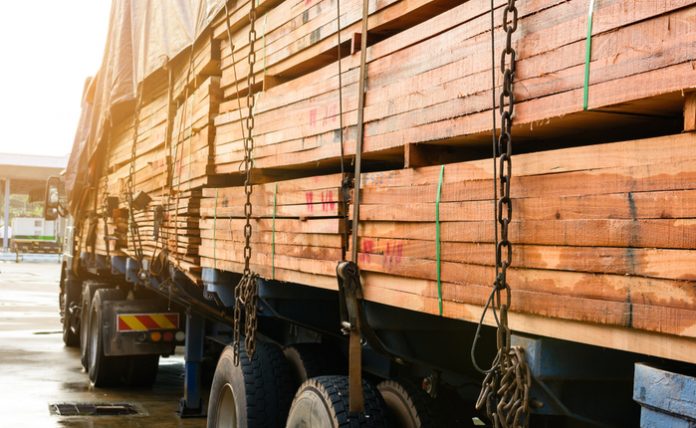While it might not be among the most popular commodities to trade, lumber has found itself receiving a fair deal of spotlight in the financial markets recently. Prices for lumber have seen a significant increase in the month of June after one of the world’s largest producers of lumber announced it would be closing a number of their largest mills.
West Fraser Timber Co (TSE: WFT), one of the top lumber producers in Canada announced that they would be permanently cutting reducing around 314 million board feet of production annually.
This is a significant blow and is just one of many Canadian lumber mills which are cutting back production as availability of timber in provinces like British Columbia continue to fall. Additionally, previously low prices for finished forest products as a result of a slowdown in home construction in the U.S. has added to this problem.
Overall, around a billion board feet of production has been taken out of the picture by mill owners in the past weeks. West Fraser announced earlier that they were implementing additional output reductions in their empire of timber facilities, some temporary in nature but many being permanent.
In response, lumber futures shot up by 4.4 percent to $409.40 per 1,000 board feet on Tuesday, a drastic increase for a single day. Now a little over halfway through the month, lumber contracts have increased by 34 percent so far, and are expected to continue surging in price for the next couple of weeks.
This is completely in contrast to earlier this year, where lumber prices have fallen by 50 percent between May 2018, where it reached a price of $639, to a low just over $300 during October 2018.
The major decline was due to the fact that lumber yards had stocked up on supplies, while the U.S. housing market saw uncooperative weather in key construction markets alongside affordability issues, as reported by The Wall Street Journal.
Other news that came out on Tuesday includes a statement from the U.S. Commerce Department, which said that housing projects had fallen by 0.9 percent in Month, another weak signal in the housing market.
Additionally, the National Association of Home Builders reported on Monday that a significant decline in confidence in its members for the month of June, where rising material and development costs combined with near-historically low mortgage rates have made the market difficult.
“As a result of reduced harvesting levels set by the Chief Forester of B.C., there is insufficient timber supply to support the current lumber production capacity of the lumber mills in these locations. Today’s decision better aligns West Fraser’s production in the region with current timber supply,” said Ray Ferris, West Fraser’s chief operating officer.
West Fraser produces almost 90 percent of its lumber in Alberta and British Columbia, with the remaining portion coming from the U.S. south. Six separate lumber producers in the westernmost province, including Canfor (TSE: CFP) and Interfor (TSE: IFP), have said they would cut output this year as well.
While the construction industry will take a hit to due these increased prices, lumber producers overall have been benefiting from this increase as their profit margins widen. West Fraser’s stock is up 22 percent in the year, gaining 3.5 percent on Tuesday alone, while Canfor is up around 30 percent.










